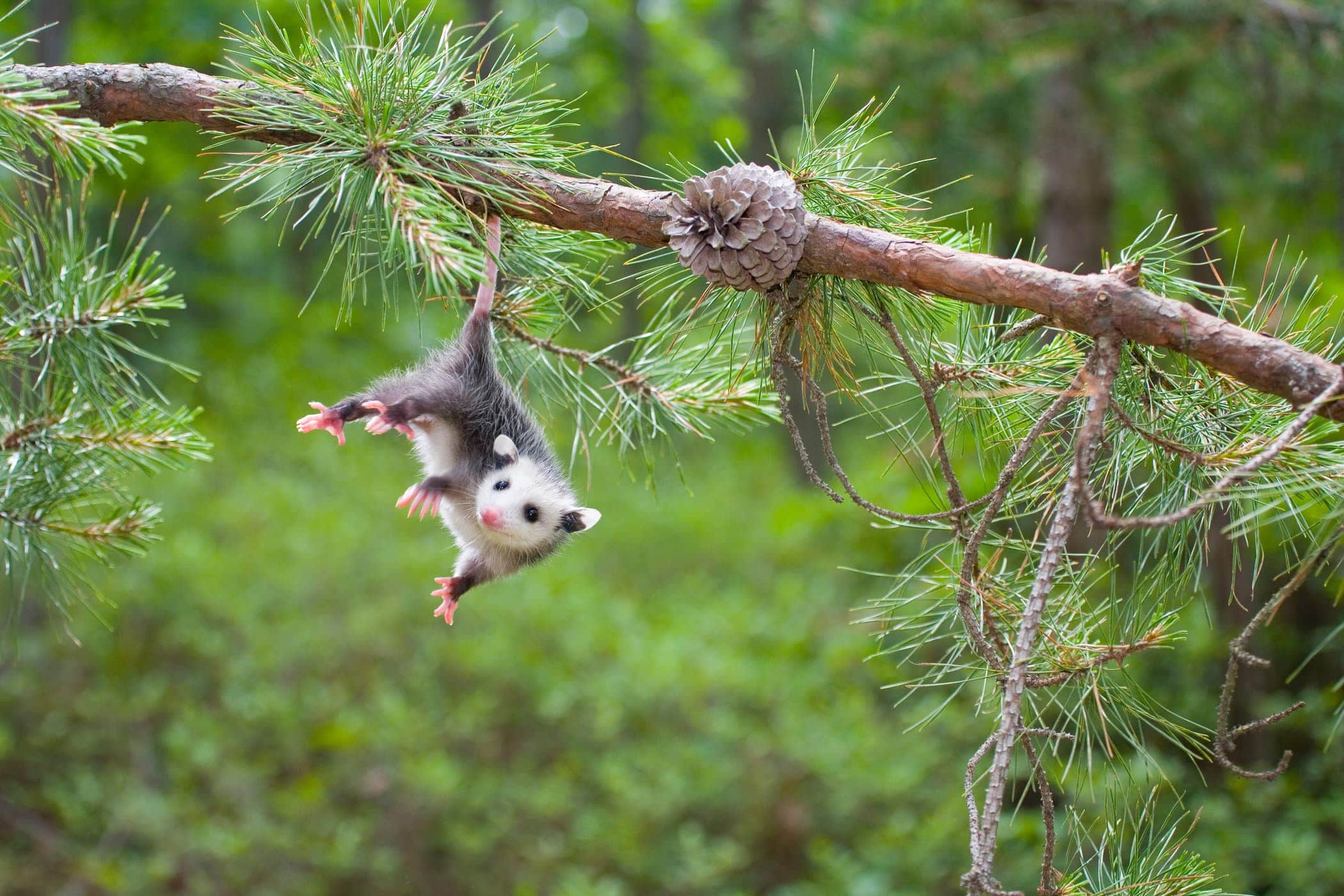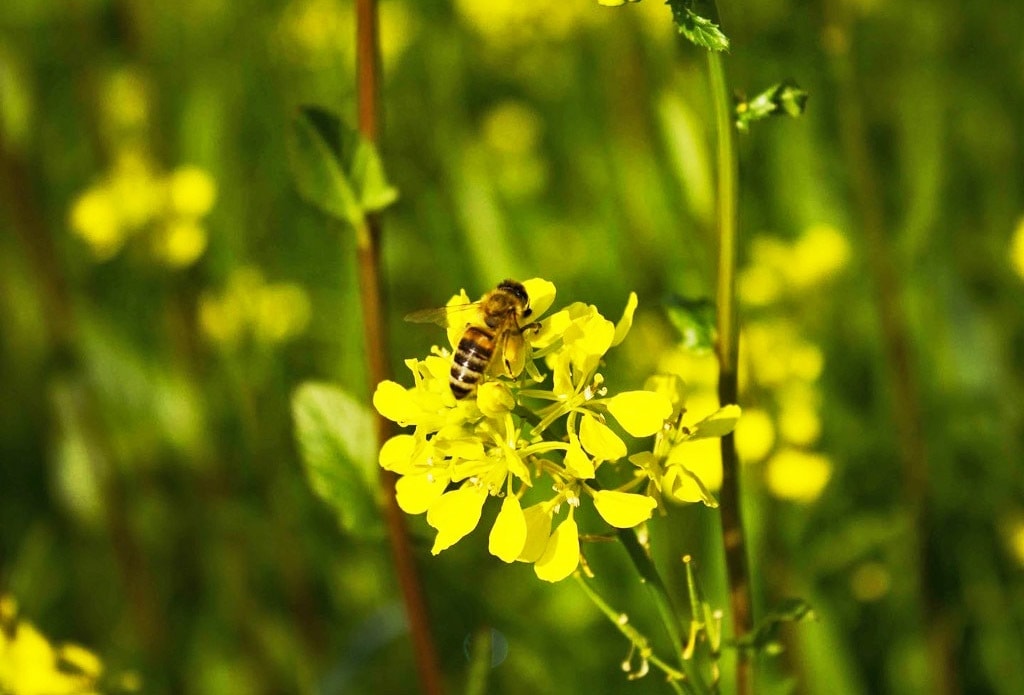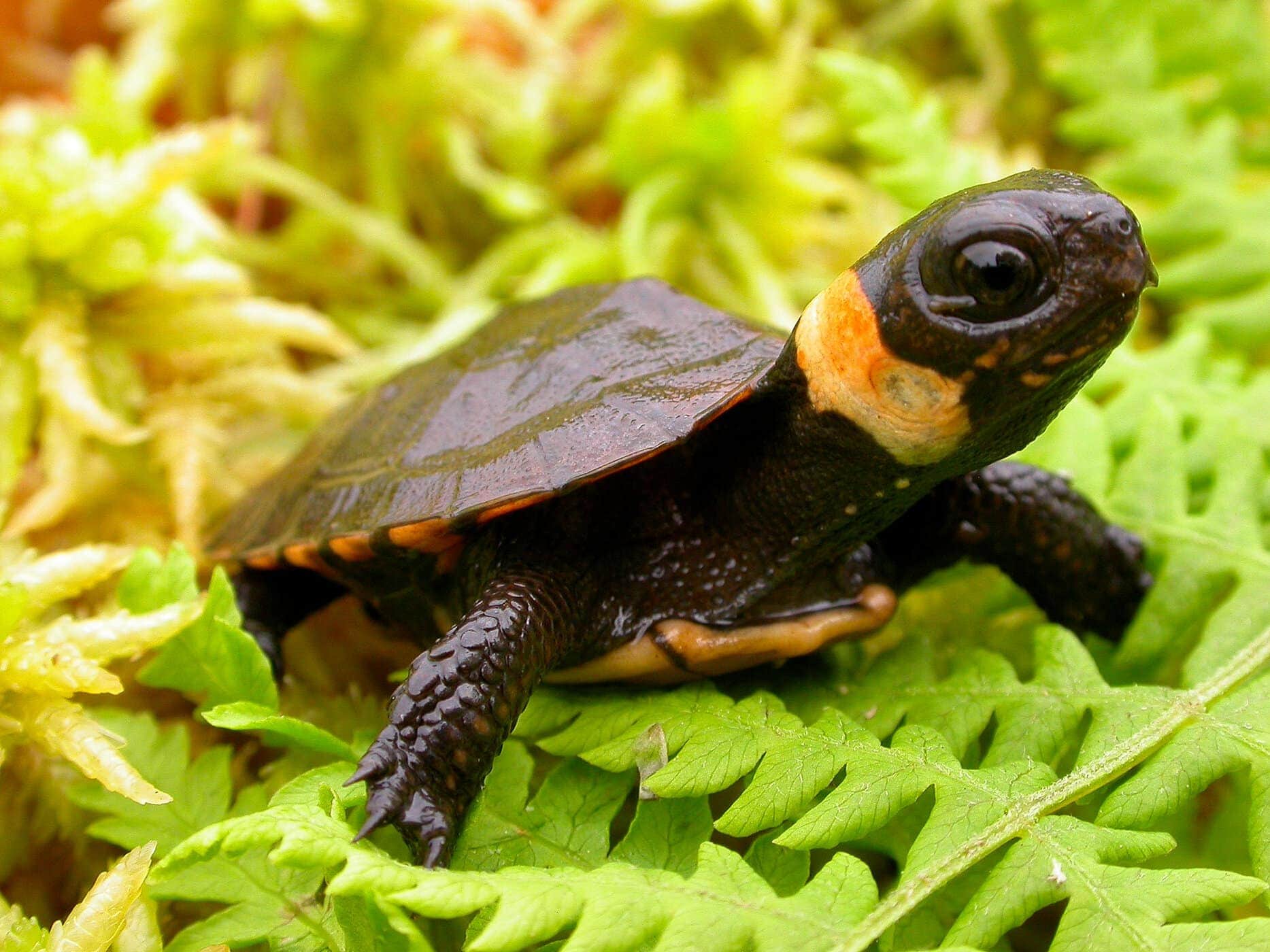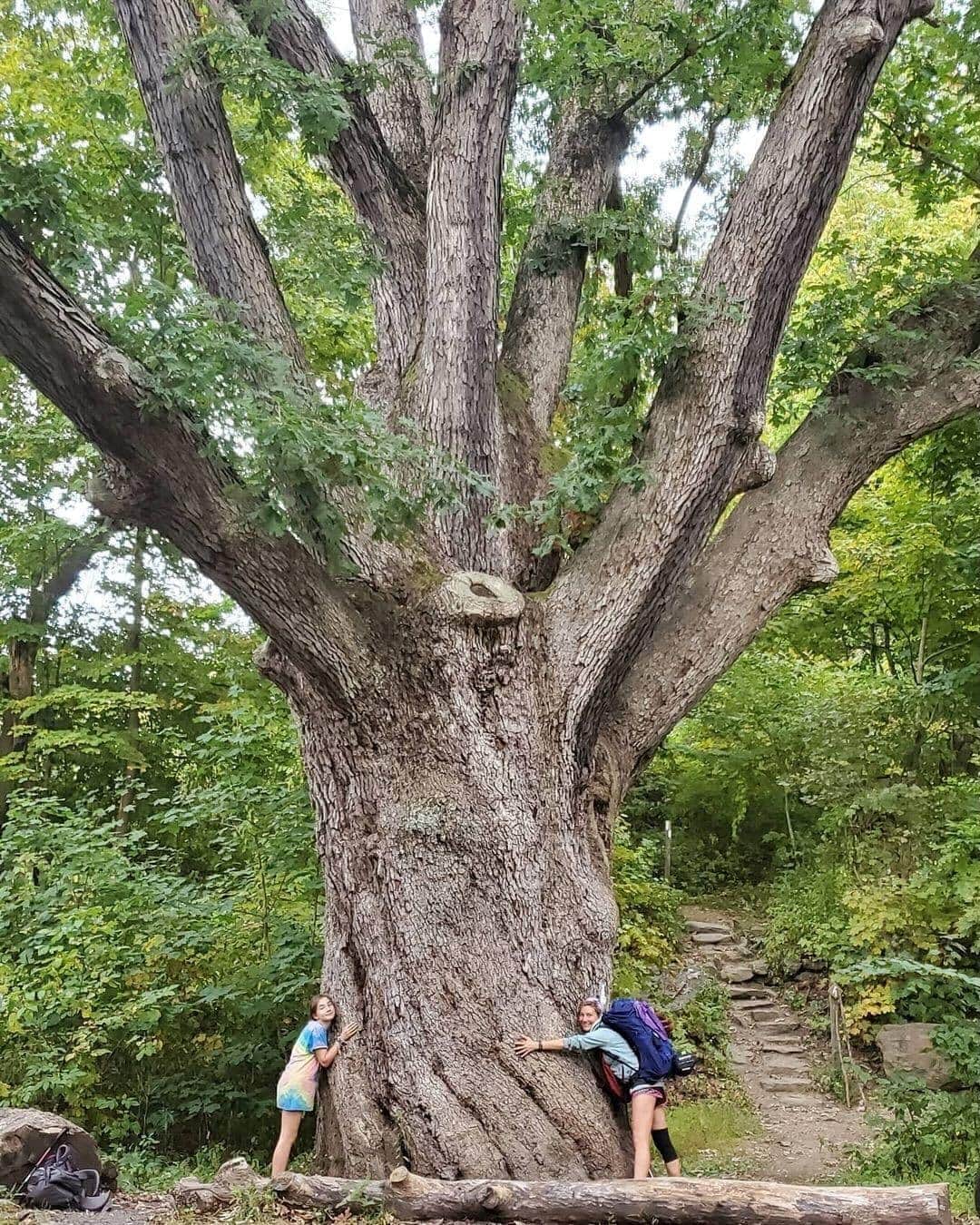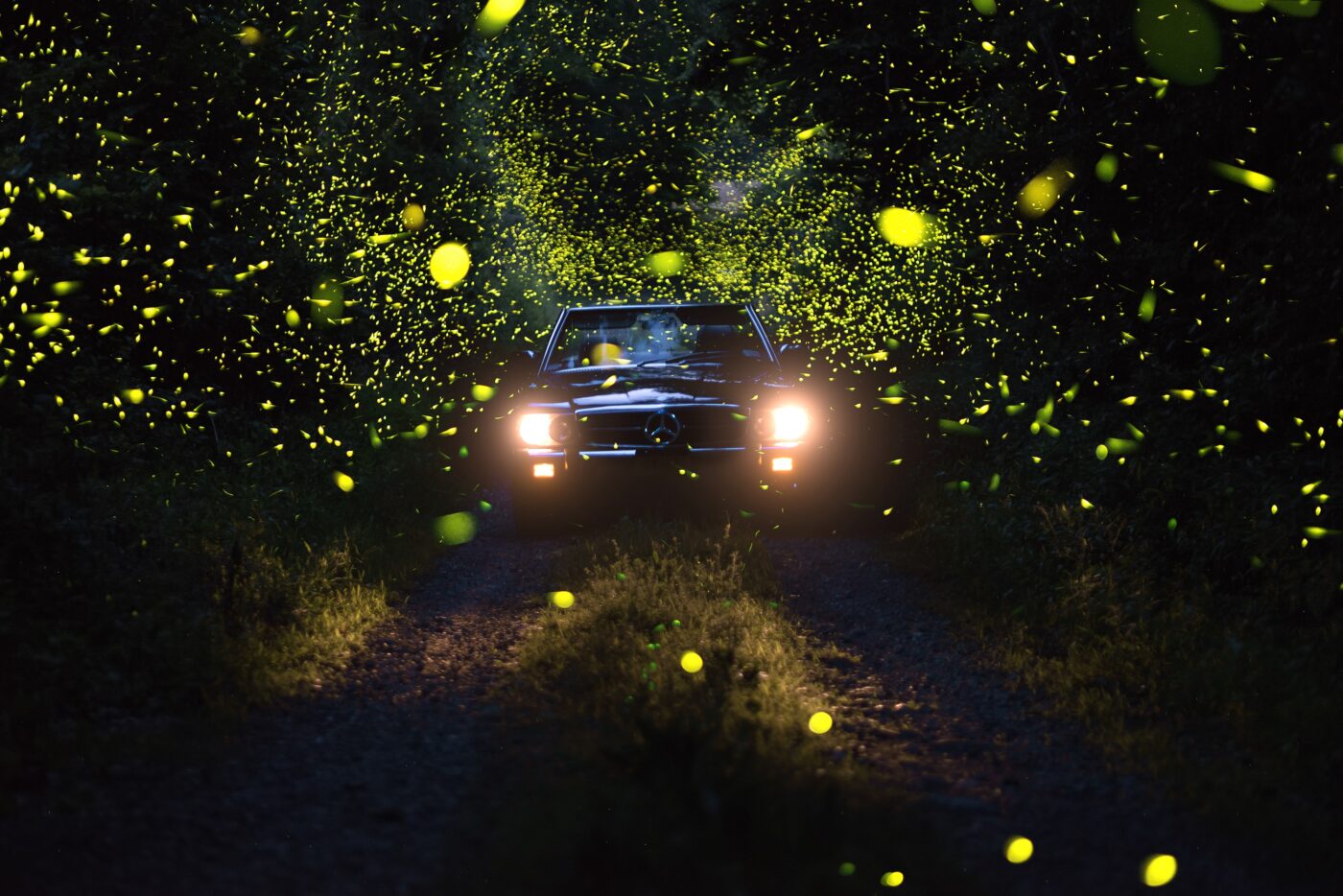Otters aren’t just oceanic creatures — their semi-aquatic mammal cousins, North American river otters, are found all over the continent, including in the Hudson Valley. Recent local sightings, like Riverkeeper’s at the Westerly Marina in Ossining, have made many people excited to spot more of these boundlessly energetic animals in the area. Here’s more about why this species is so likable.
Yep, they got that party-animal reputation for a reason. River otters are super-playful and social creatures. Their bodies easily twist, turn, roll, and dive — and they love to do all that with other river otters (something that’s believed to strengthen their bonds for hunting). They’re known for adorably sliding into the water, too.

Confusingly enough, river otters can actually live around the ocean. One clear way to tell them apart: River otters are much smaller, weighing in at 10-33 lbs., vs. sea otters, who can come in at up to 100 lbs. Another a “tell-tail” difference: sea otters have short, flat tails, while river otters have long, pointed (and extremely muscular!) tails.
Tantrum-throwing toddlers have nothing on otters. They can make all kinds of crazy noises, including buzzes, chirps, chuckles, twitters, whistles, yelps, growls, and screams, and communicate through touch and body posture, too. Plus, they can scent-mark, using glands near their tails to produce a strong, musky odor.
River otters learn to swim by the time they are two months old. Around that time, their mothers will coax or push the babies — called pups — into the water and watch carefully until they can swim on their own. River otters are usually seen swimming with their bellies facing down (unlike sea otters, who tend to be spotted floating on their backs).

Otters can close their ears and nostrils to keep water out during long dives, which can last as long as eight minutes and go more than 36 feet down. Amazingly, they even have a third eyelid (technically called a nictitating membrane) that protects the eye and allows the otter to see when swimming underwater.
Den-building is a cozy affair for river otters. They often use burrows abandoned by beavers or muskrats, and line them with leaves, moss, and grass when they move in. They’re also strategically located close to the water line of rivers and lakes, and have multiple entrances underwater and on land. Female otters tend to keep the dens scrupulously clean.
Their cute-and-cuddly style covers some serious hunting chops. River otters have 36 teeth, and they’re strong enough to crush shell or bone. Their preferred munchies include fish, frogs, crayfish, turtles, insects, and some small mammals. But on land, they have to watch out — bobcats, coyotes, mountain lions, wolves, and black bears are among the predators on the lookout for them.
Otters’ gorgeous fur was once a liability. Two centuries ago, river otters were plentiful in New York State. Then — since they were prized for their thick, glossy, water-resistant fur — they were trapped until only a small population remained. They’ve since mounted a comeback — including in New York, where the state’s Department of Environmental Conservation has run a restorative River Otter Project. The species’ fortunes still rest on human behavior, though — they’re considered barometers for pollution, living only where the waters are clean enough.

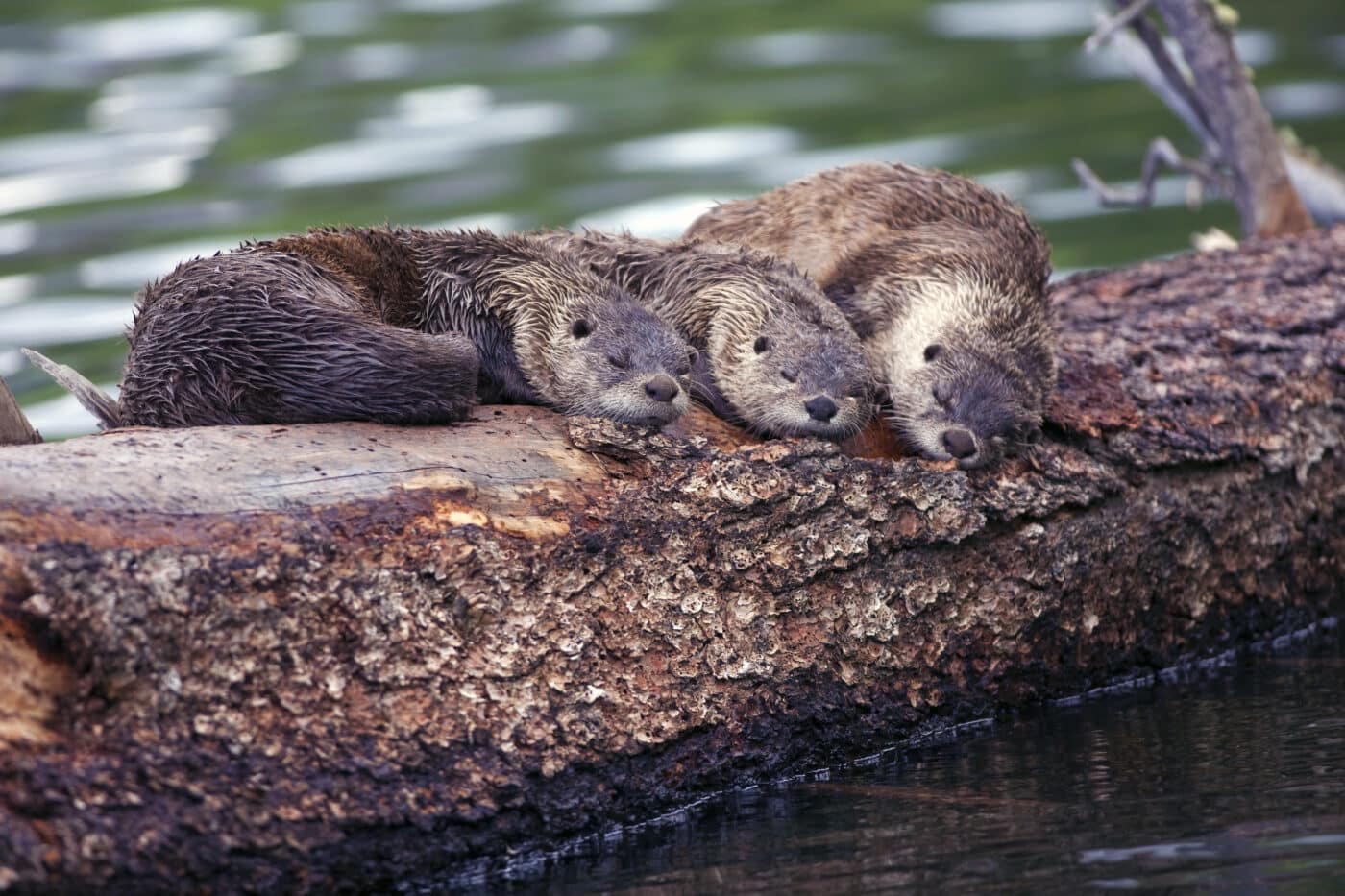
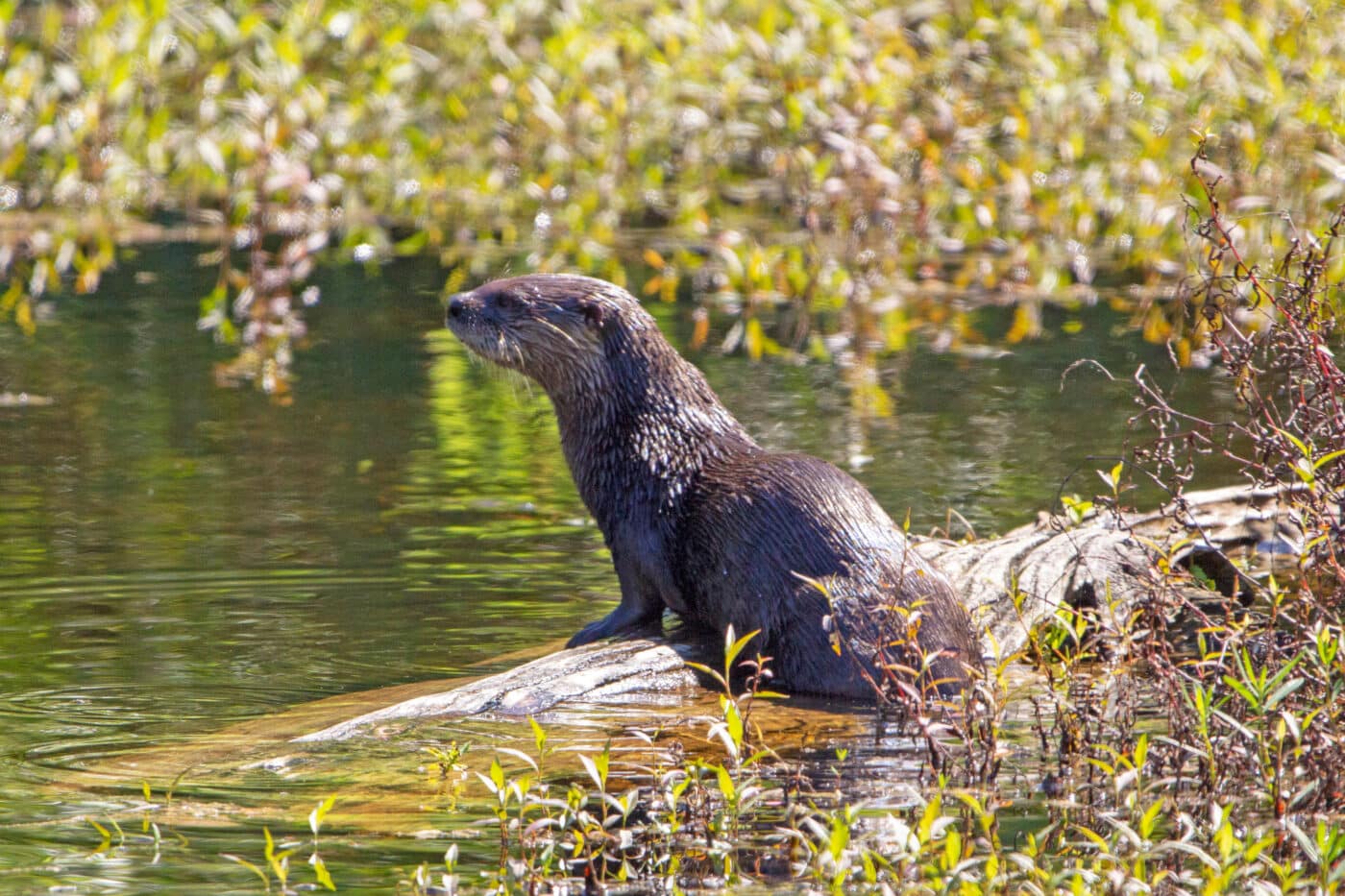
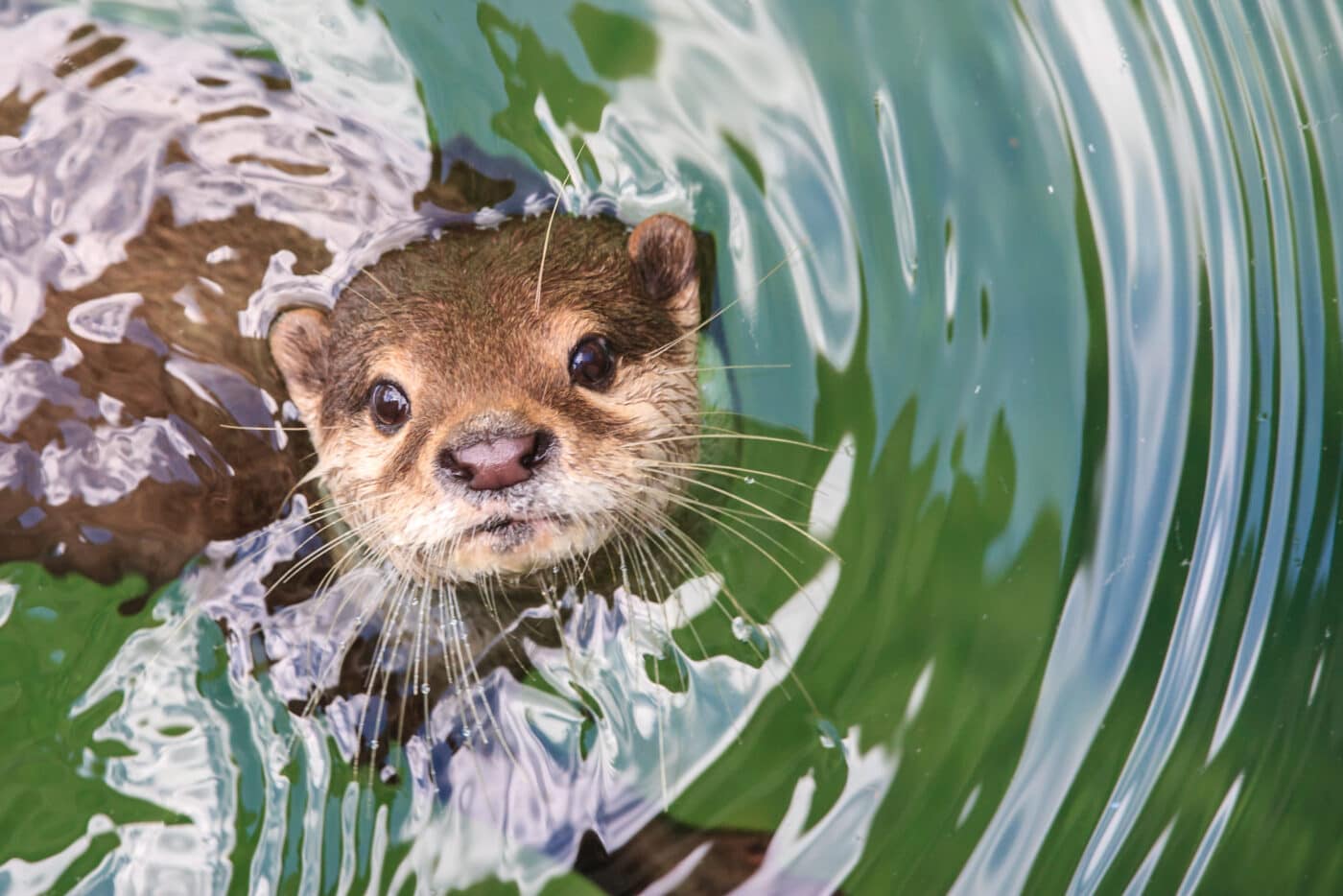
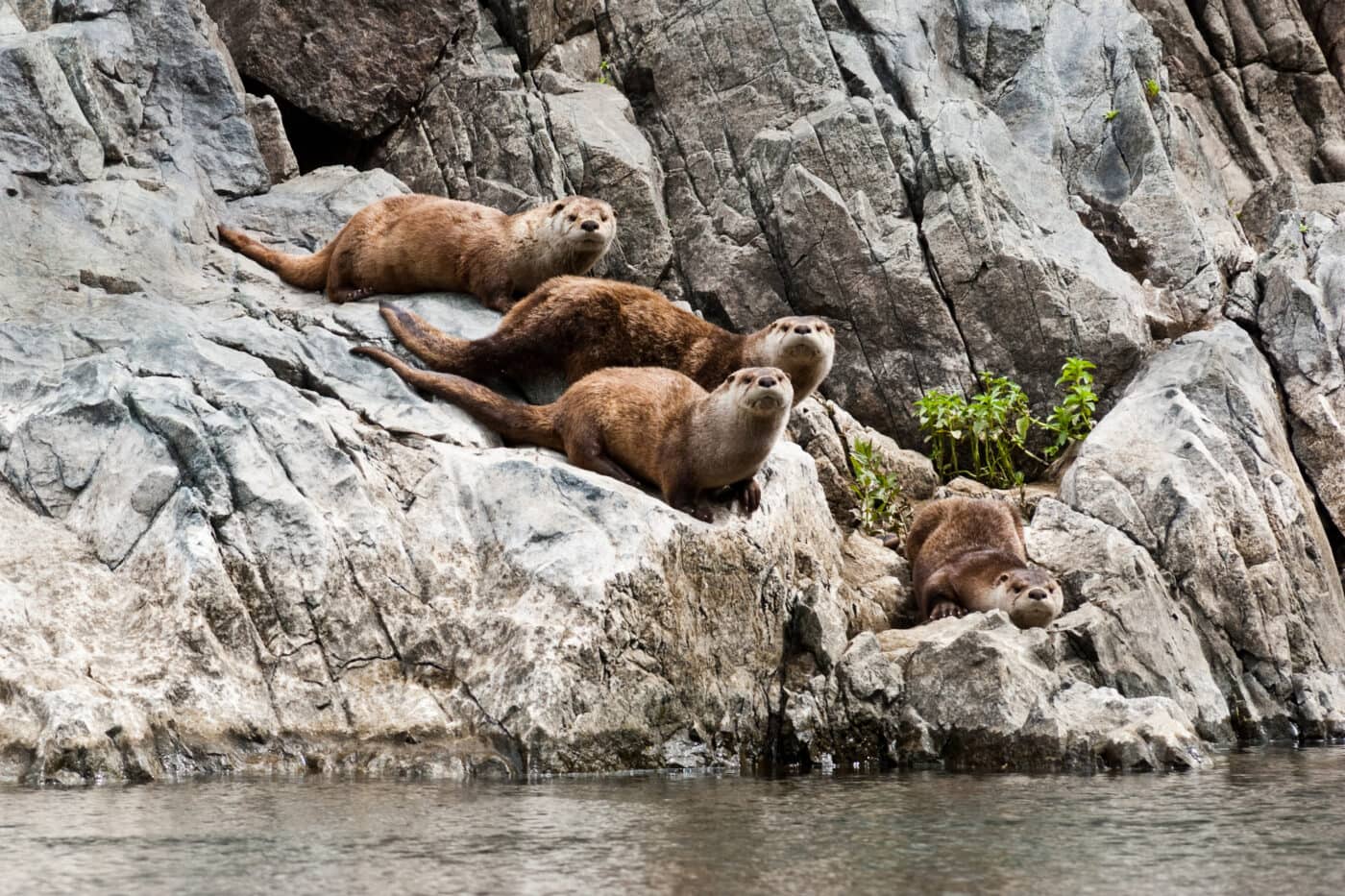
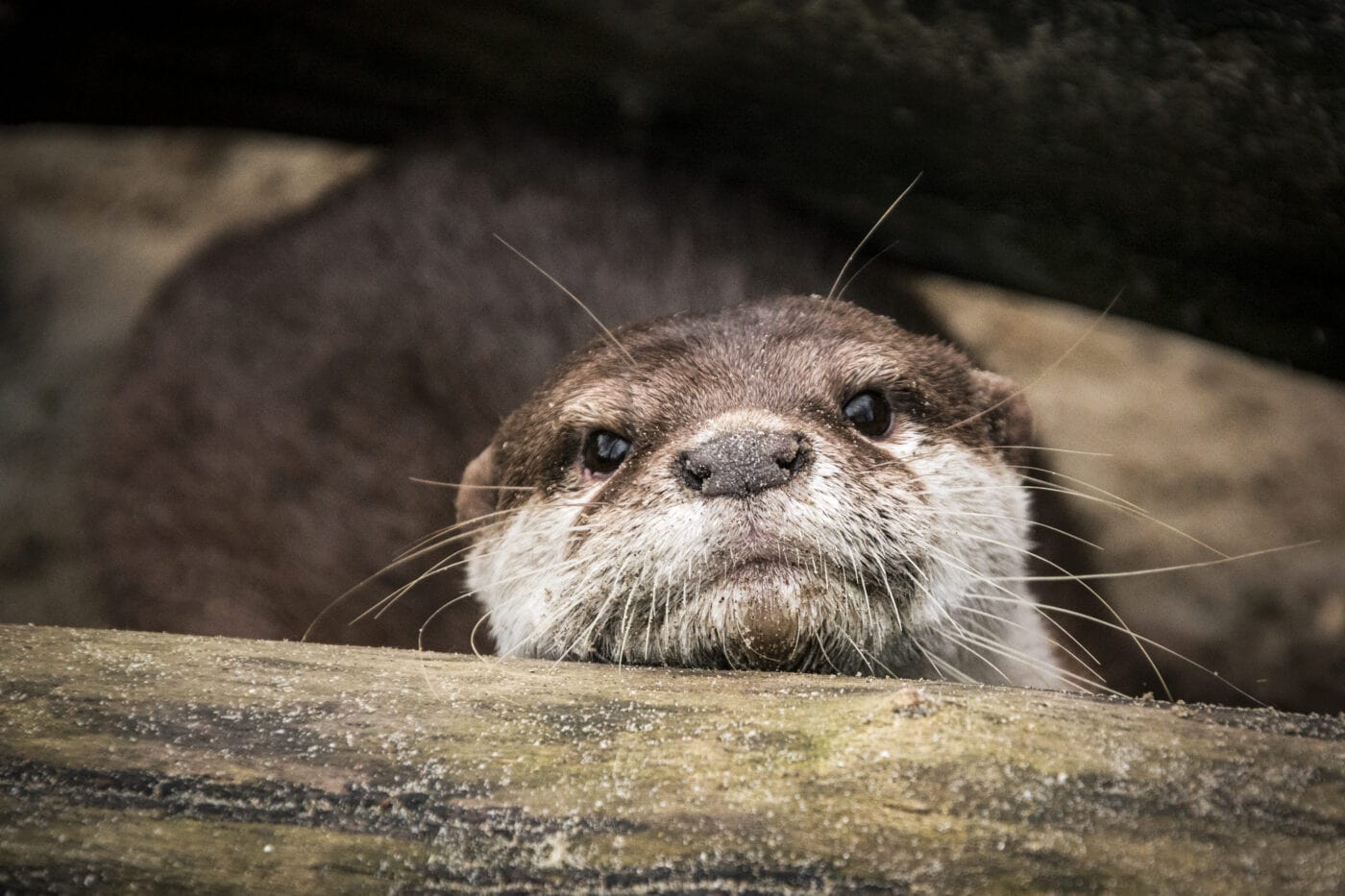
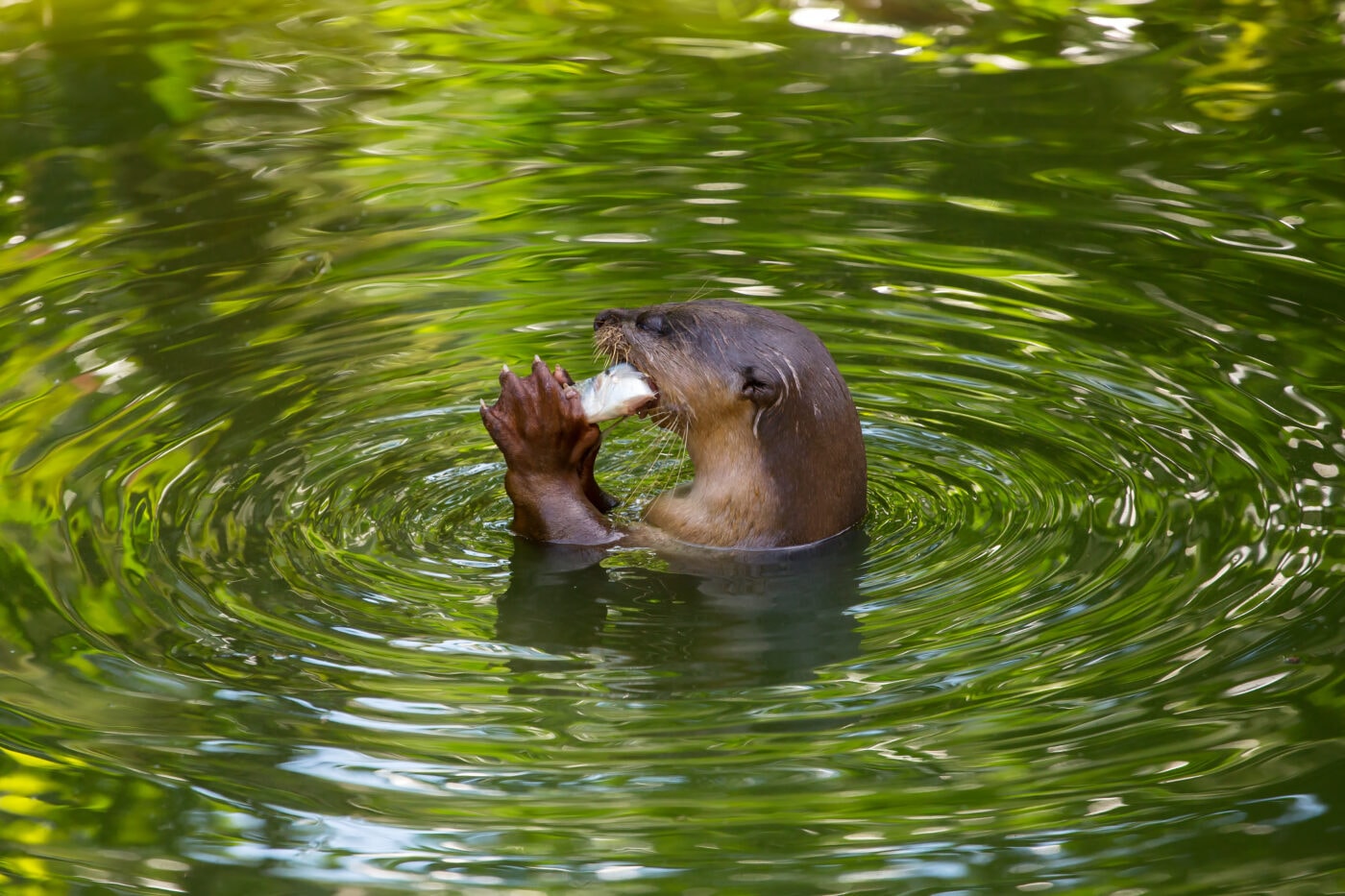

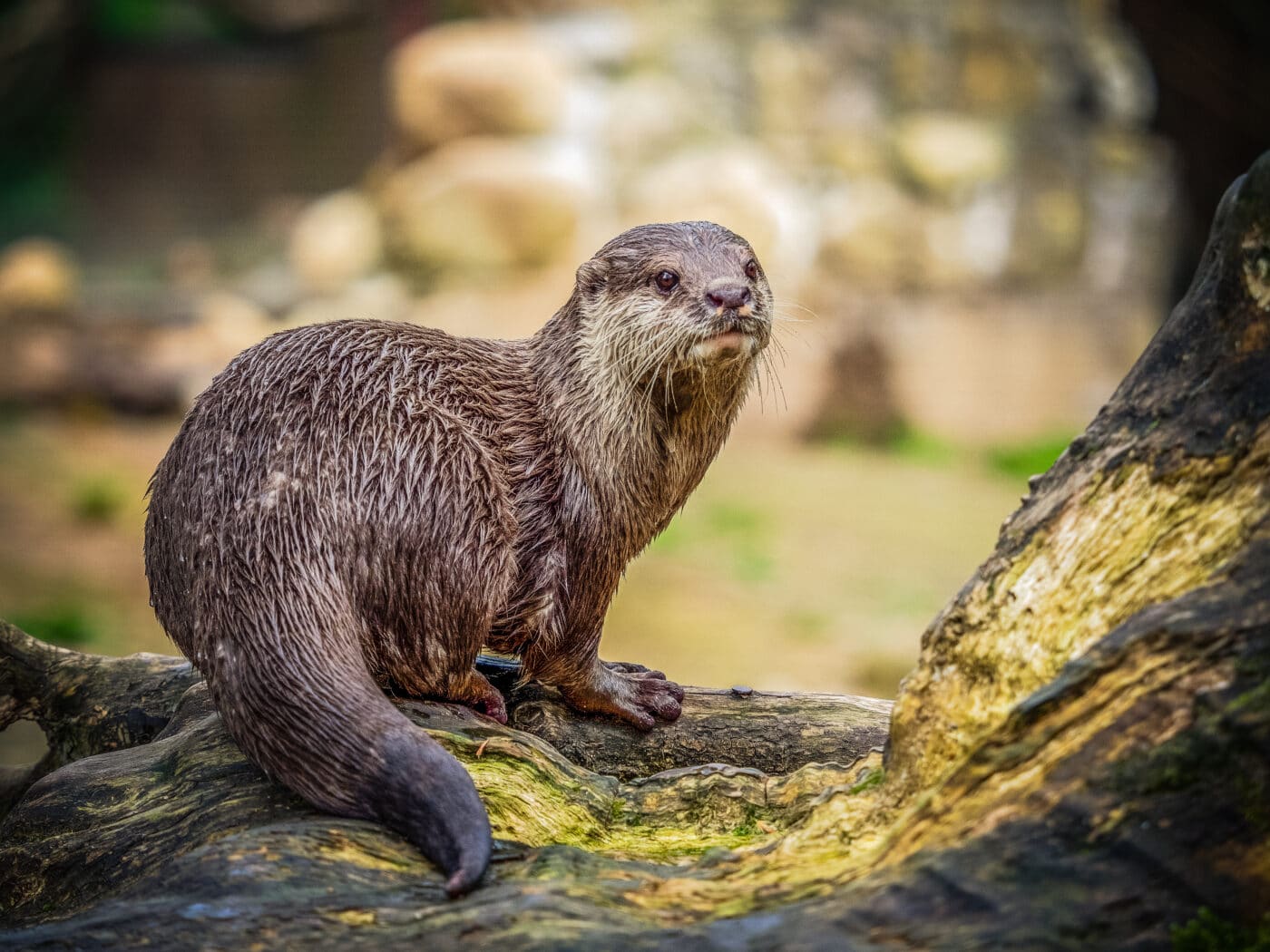
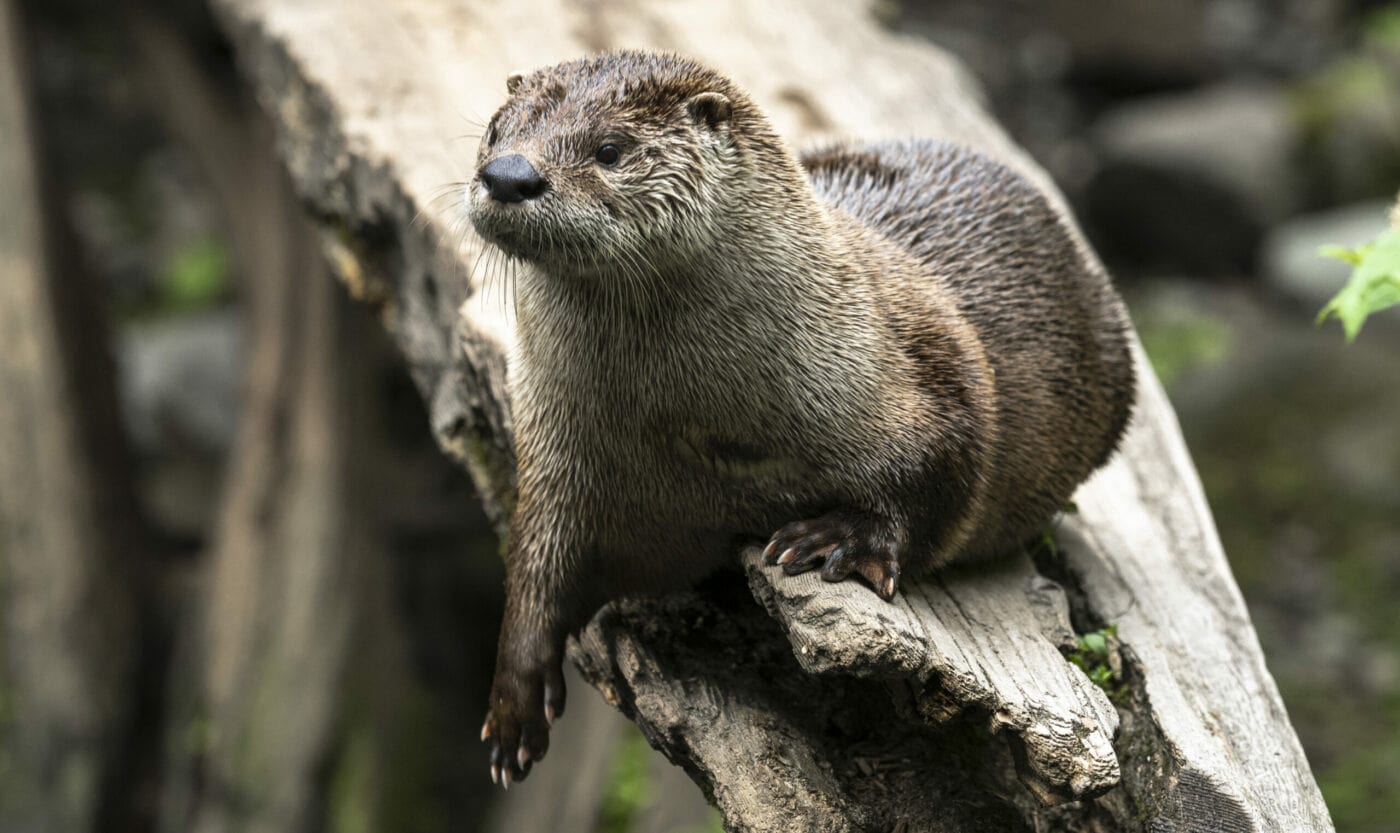
Spotted an otter? The DEC appreciates when members of the public report their sightings. Want to spot one? Mongaup Valley Wildlife Management Area (Sullivan and Orange counties) is a recommended Hudson Valley spot.


